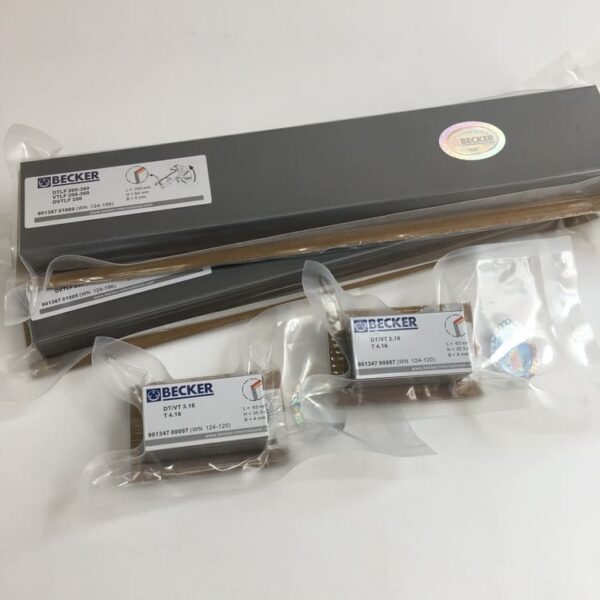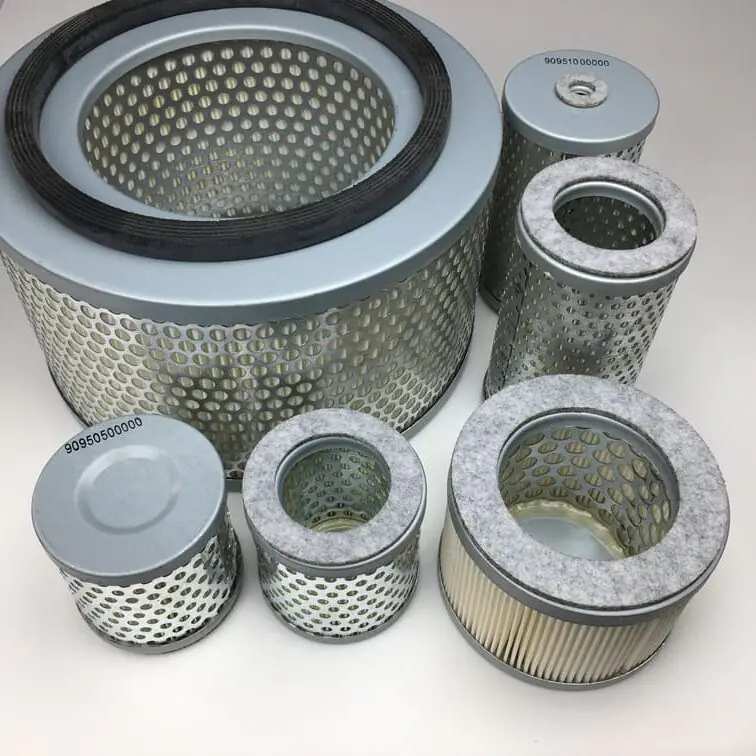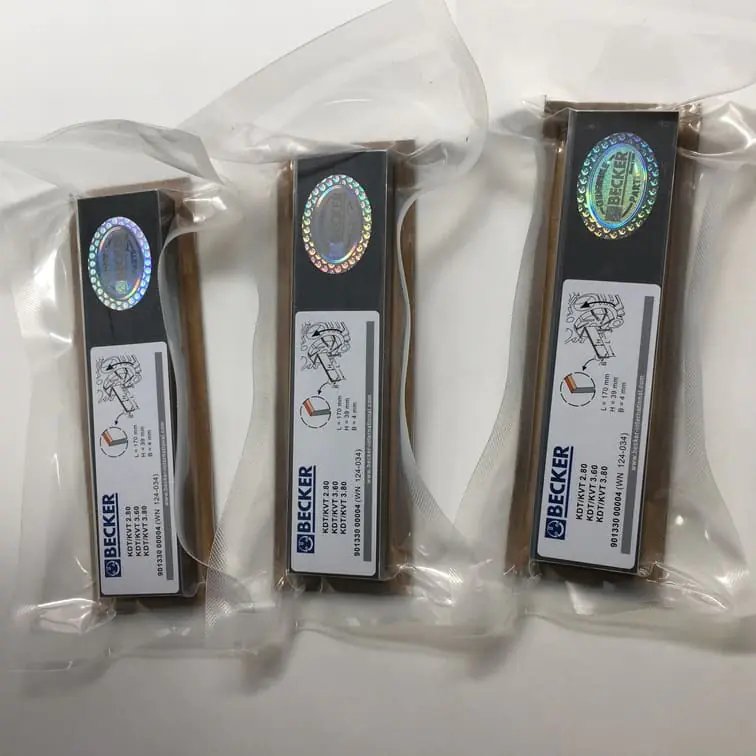How to Use an Air AC Vacuum Pump
Using an air conditioning (AC) vacuum pump is a vital part of maintaining, repairing, or installing HVAC systems. The purpose of the vacuum pump is to remove all air, moisture, and contaminants from the AC system, ensuring its proper operation and efficiency. But how do you use an AC vacuum pump effectively? In this guide, we’ll provide a comprehensive breakdown of how to use an air AC vacuum pump, its importance, and the steps to guarantee that your air conditioning system works flawlessly.
Understanding the Basics of an AC Vacuum Pump
What is an AC Vacuum Pump?
An AC vacuum pump is a tool used to create a vacuum within an air conditioning system. It helps remove air, moisture, and other non-condensable gases that can affect the performance of your air conditioning unit. The primary function of an AC vacuum pump is to evacuate the AC system to prevent damage or inefficiency.
There are several types of vacuum pumps used for air conditioning, including:
- Single-Stage Pumps: These pumps have a single stage that pulls air and moisture from the system.
- Two-Stage Pumps: More effective at achieving a deeper vacuum level, these pumps have two stages for double compression.
- Venturi Pumps: Utilize compressed air to create a vacuum. These pumps are often used in lightweight applications.

Why is Vacuuming Necessary in an AC System?
Vacuuming an AC system ensures that no moisture or air remains within the sealed environment. Air and moisture can lead to several problems, including:
- Corrosion: Moisture in an AC system can lead to the corrosion of components.
- Freezing: Water in the system can freeze, especially in colder conditions, causing blockages.
- Reduced Efficiency: Non-condensable gases like air will affect the system’s efficiency, making it work harder and reducing its cooling capacity.
To avoid these issues, vacuuming is an essential part of both AC installation and maintenance.
Step-by-Step Guide: How to Use an Air AC Vacuum Pump
1. Preparation: Gather All Necessary Tools
Before starting, you will need several tools:
- AC Vacuum Pump
- Manifold Gauge Set: The gauge set is essential for reading pressure levels.
- Hoses: Typically color-coded, these are used to connect the gauge set to the vacuum pump and AC system.
- Wrench: To tighten and loosen connections.
Ensure that all equipment is clean and in good working condition to avoid introducing contaminants into the system.
2. Connect the Manifold Gauge Set
Use the manifold gauge set to connect the AC vacuum pump to the system. Follow these steps:
- Attach Hoses:
- Connect the blue hose to the low-pressure port of the AC system.
- Connect the red hose to the high-pressure port if needed (though typically only the low-pressure side is used).
- The yellow hose goes to the vacuum pump.
- Tighten Connections: Make sure all connections are secure to prevent leaks.
3. Turn On the Vacuum Pump
Once everything is connected:
- Open the Low-Pressure Valve on the manifold gauge set.
- Turn on the Vacuum Pump: Let it run for at least 15 to 30 minutes. The vacuum pump will begin to remove air and moisture from the system.
4. Monitor the Pressure
After running the pump for the required time:
- Check the gauge readings to ensure the system has reached the desired vacuum level, typically between 29 and 30 inches of mercury (inHg).
- Close the Low-Pressure Valve to seal the system.
- Turn off the Vacuum Pump.
5. Leak Test
It’s crucial to ensure that the system is leak-free before proceeding.
- Monitor the Gauges: Leave the system for 15 to 20 minutes after closing the valves. If the pressure gauge needle drops, it indicates a leak.
- If a leak is detected, inspect all fittings and connections, and make necessary repairs before proceeding.
6. Release the Vacuum and Recharge the System
Once you have verified that there are no leaks:
- Slowly release the vacuum by introducing refrigerant into the system.
- Follow the AC manufacturer’s recommendations for refrigerant type and quantity.
Tips for Effective Use of an AC Vacuum Pump
1. Use the Right Vacuum Pump Size
Different systems require different pump capacities, measured in cubic feet per minute (CFM). For most residential AC units, a 4 to 6 CFM pump will suffice, while larger commercial units may need a higher capacity pump.
2. Change the Vacuum Pump Oil Regularly
The vacuum pump oil plays a critical role in the pump’s efficiency and lifespan. Oil contaminated with moisture can reduce the pump’s effectiveness and even lead to corrosion.
- Always check the oil level and change it regularly.
- If the oil looks cloudy or milky, it’s time to replace it.
3. Use a Gas Ballast Valve When Necessary
The gas ballast valve helps to remove moisture from the pump oil, keeping the pump more effective over time. Use the gas ballast for several minutes when starting the vacuum pump to reduce water vapor contamination.
Troubleshooting Common Issues with AC Vacuum Pumps
1. Pump Not Pulling Vacuum
If the vacuum pump does not seem to be pulling a sufficient vacuum, consider the following:
- Check for Leaks: Make sure all hoses and connections are tight.
- Oil Level: Verify that the oil level is correct and the oil is clean.
- Gasket Condition: Ensure the gasket on the pump and manifold gauge set is not worn out.
2. High Moisture Levels
If moisture levels remain high after vacuuming:
- Run the pump longer to ensure all moisture is removed.
- Consider using a dry nitrogen flush to help expel moisture before vacuuming.
3. Overheating Issues
If the pump overheats, ensure it has proper ventilation and check for oil levels. Overheating can also occur if the pump is too small for the AC system being evacuated.
FAQs
1. How long should I vacuum an AC system?
The recommended time to vacuum an AC system is between 15 to 30 minutes, depending on the size and complexity of the system. The goal is to reach a pressure of 29-30 inHg.
2. Can I use an AC vacuum pump for other systems?
Yes, AC vacuum pumps can be used for other systems that require air evacuation, such as refrigeration units. However, always ensure that the pump is appropriate for the specific system.
3. How often should I change the vacuum pump oil?
Vacuum pump oil should be changed after every major use, especially if it appears cloudy. Frequent oil changes ensure that moisture and contaminants do not impair the pump’s efficiency.
4. Do I need a two-stage vacuum pump for my AC system?
A two-stage pump is recommended for deeper vacuums and better efficiency, especially in larger or more demanding systems. However, a single-stage pump may suffice for smaller or less complex systems.
5. Can I use a manifold gauge set from another brand?
Yes, most manifold gauge sets are compatible across brands as long as the fittings match the system. Always ensure the gauge set is rated for the pressure and type of refrigerant being used.
Conclusion
Using an air AC vacuum pump properly is critical for ensuring that your air conditioning system works efficiently and effectively. Proper vacuuming removes unwanted moisture, air, and contaminants, all of which can significantly degrade the system’s performance and lifespan. Following the steps provided—from connecting the manifold gauge set to performing leak checks and maintaining your pump—will help you achieve a perfect evacuation and recharge.
For more information on the tools, spare parts, and accessories required to keep your AC vacuum system in perfect shape, be sure to visit vacuumpumppart.com. We provide a complete range of high-quality vacuum pumps, spare parts, and accessories to meet all your HVAC needs.




